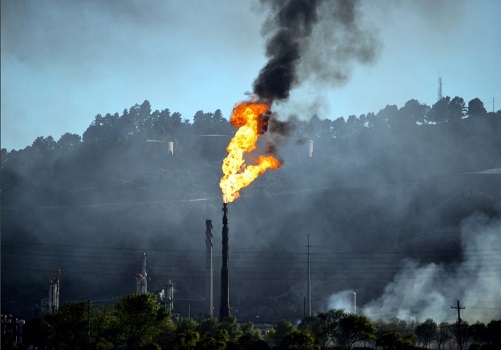China Crushes 6 Tons of Ivory – But Is It Enough?
Dongguan, China – In a landmark event aimed at shedding its image as the pariah of the illegal trade in African elephant tusks, China crushed a pile of ivory reportedly weighing over six tons Monday.
This is the first public destruction of ivory in China. The event was “the country’s latest effort to discourage illegal ivory trade, protect wildlife and raise public awareness”, the official news agency Xinhua said. The move also is in line with the national Elephant Action Plan, which was implemented after the CITES Standing Committee insisted in March last year that China do more to curb the trade in illegal ivory.
China’s unprecedented move follows that of some other countries. The US crushed six tons of ivory in November last year. The Philippines destroyed five tons of tusks in June, and Kenya set fire to a pile weighing the same amount in 2011.
Surging demand for ivory in Asia is behind an ever-mounting death toll of African elephants as authorities have failed to control the international crime networks. Experts believe that most illegal ivory ends up in China – where products made from the material have long been seen as status symbols, a trend that has spiked in recent years given the economic boom of the Chinese middle-class.
Chinese forestry and customs officials oversaw the destruction, which was shown live by state broadcaster CCTV. According to the broadcaster, some of the crushed ivory powder would be disposed of; some would be displayed in a museum exhibit, while the rest would be “preserved”. The substance can be used as an ingredient in traditional Chinese medicine.
In July last year more than 1000 ivory tusks, were seized by customs in Hong Kong. In September Hong Kong got another 769kg haul of 189 pieces hidden in three 20-foot containers labelled as soya beans that came from Ivory Coast via Malaysia.
But not all analysts are convinced. In contrast to the U.S., which destroyed its entire stockpile of illegal ivory, China destroyed only a small portion of its huge stockpile. Indeed, Hong Kong alone has a hoard of some 30 tons of confiscated ivory. What is China intending to do with the remaining stockpile? If China is serious about tackling wildlife crime, it will need to address these concerns and, as Kate Wong, editor and writer at Scientific American states, the stakes are that much higher in China because it is responsible for as much as 70 percent of the global demand for ivory.
Francis Garrard from the Conservation Action Trust believes this action may be just a smokescreen. China still officially endorses the ivory trade, as long as it’s ‘legal’. He argues that there is no mention of closing ivory carving training facilities, workshops or outlets, and why is some of the crushed powder still being marketed as medicine? He also states that it was peculiar that there was so little advance publicity for the crushing ceremony. Last year both the USA and the Philippines advertised their crushes months before the event. The aim was to generate the maximum amount of publicity against the ivory trade as possible. China simply has not done that, says Garrard. As Wong reports, the global pressure on China needs to be continued. The Chinese government must realize the extent of the damage the ivory trade has done to China’s image around the world, and make a bigger effort to curb the scourge.




